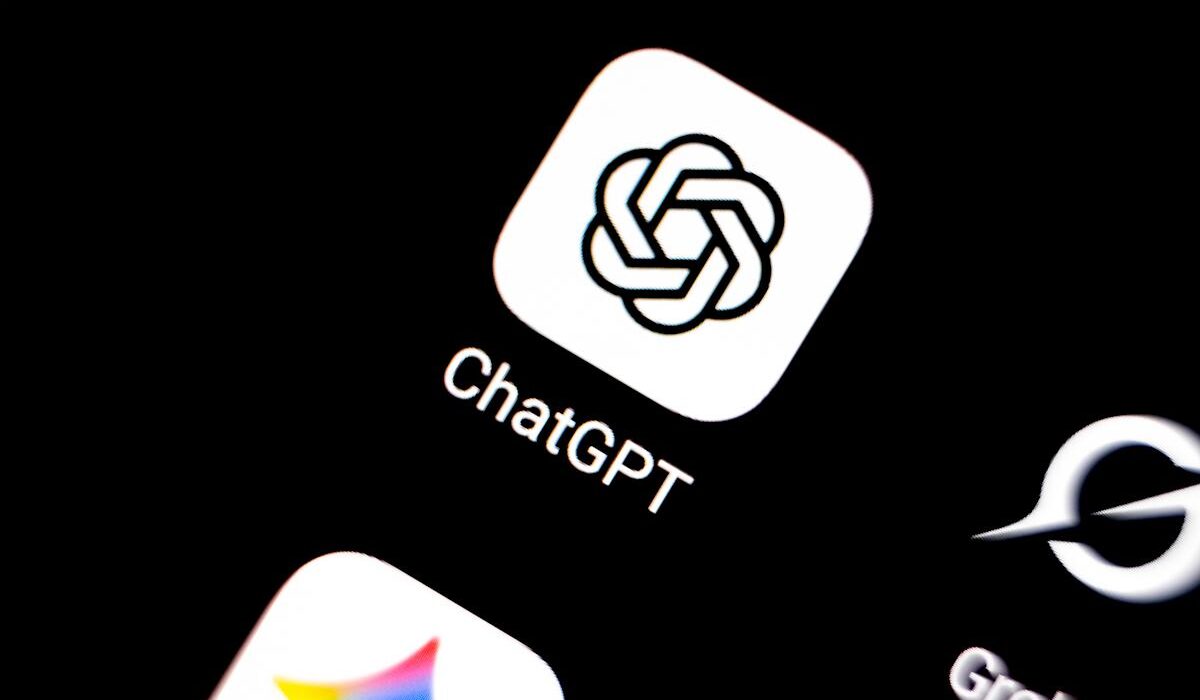This is The Takeaway from today’s Morning Brief, which you can sign up to receive in your inbox every morning along with:
OpenAI is on a dealmaking tear.
First it was Oracle and Nvidia. Then, on Monday, AMD joined the OpenAI partnership party, in a multibillion-dollar collaboration with the maker of ChatGPT.
Chipmaker and Nvidia rival AMD will provide upward of 6 gigawatts of GPUs to OpenAI over several years. And OpenAI will take a roughly 10% stake in the company.
AMD shares soared more than 30%, underscoring how highly the market values OpenAI’s ambitions and the fortune-making potential of the AI buildout. But OpenIA’s burst of partnerships also underscores the stakes for a company going all in on superintelligence.
However investors and analysts see OpenAI’s leadership in AI — whether that’s at the top of the pedestal or near it — one thing Sam Altman doesn’t have is a profitable business that predates the recent LLM mania.
As DataTrek co-founder Nicholas Colas wrote in a note to clients Friday, “If all the enthusiasm over Generative Artificial investment is going to hit a pothole soon, it will almost certainly not be because of financial results at US Big Tech firms.” The massive investments tech giants are doling out on AI are still operating within their limits of operating cash flows and commitments to shareholders, he noted.
OpenAI, in other words, is vulnerable in ways its tech giant rivals are not.
Yes, OpenAI claims the top two apps in the App Store rankings right now. That standing reflects user excitement for its new video generation tool Sora and the sustained interest in its flagship product ChatGPT. The flurry of agreements also showcases Altman’s strategic approach and a circular, incestuous style of dealmaking that shrewdly places chipmaking rivals in the business of advancing his business. Both offensive and defensive at once, OpenAI’s intertwining makes it, if not “too big to fail,” about as close as it could be.
But for all the shrewdness and ambition, there is no fallback plan or alternative revenue stream.
OpenAI doesn’t have a sprawling social media network or a global advertising machine; it doesn’t (yet) have a world-class hardware lineup with an ecosystem of users that exceeds a billion. There is no e-commerce platform. No cloud storage empire. Name your tech giant business unit and OpenAI doesn’t have it.
That’s not to say that startups shouldn’t bother to trailblaze a new market. But the ability of the tech giants to spend vast fortunes on their future, while maintaining profitability, is something no amount of dealmaking can manufacture.
This is The Takeaway from today’s Morning Brief, which you can sign up to receive in your inbox every morning along with:
OpenAI is on a dealmaking tear.
First it was Oracle and Nvidia. Then, on Monday, AMD joined the OpenAI partnership party, in a multibillion-dollar collaboration with the maker of ChatGPT.
Chipmaker and Nvidia rival AMD will provide upward of 6 gigawatts of GPUs to OpenAI over several years. And OpenAI will take a roughly 10% stake in the company.
AMD shares soared more than 30%, underscoring how highly the market values OpenAI’s ambitions and the fortune-making potential of the AI buildout. But OpenIA’s burst of partnerships also underscores the stakes for a company going all in on superintelligence.
However investors and analysts see OpenAI’s leadership in AI — whether that’s at the top of the pedestal or near it — one thing Sam Altman doesn’t have is a profitable business that predates the recent LLM mania.
As DataTrek co-founder Nicholas Colas wrote in a note to clients Friday, “If all the enthusiasm over Generative Artificial investment is going to hit a pothole soon, it will almost certainly not be because of financial results at US Big Tech firms.” The massive investments tech giants are doling out on AI are still operating within their limits of operating cash flows and commitments to shareholders, he noted.
OpenAI, in other words, is vulnerable in ways its tech giant rivals are not.
Yes, OpenAI claims the top two apps in the App Store rankings right now. That standing reflects user excitement for its new video generation tool Sora and the sustained interest in its flagship product ChatGPT. The flurry of agreements also showcases Altman’s strategic approach and a circular, incestuous style of dealmaking that shrewdly places chipmaking rivals in the business of advancing his business. Both offensive and defensive at once, OpenAI’s intertwining makes it, if not “too big to fail,” about as close as it could be.
But for all the shrewdness and ambition, there is no fallback plan or alternative revenue stream.
OpenAI doesn’t have a sprawling social media network or a global advertising machine; it doesn’t (yet) have a world-class hardware lineup with an ecosystem of users that exceeds a billion. There is no e-commerce platform. No cloud storage empire. Name your tech giant business unit and OpenAI doesn’t have it.
That’s not to say that startups shouldn’t bother to trailblaze a new market. But the ability of the tech giants to spend vast fortunes on their future, while maintaining profitability, is something no amount of dealmaking can manufacture.

